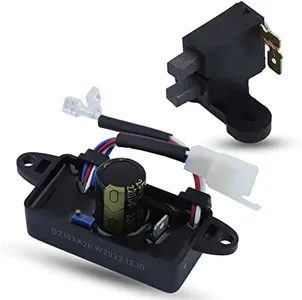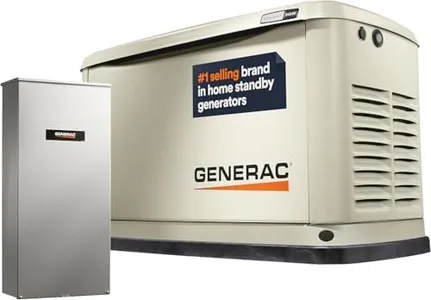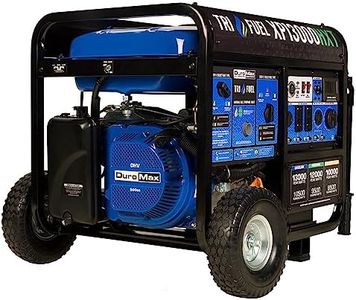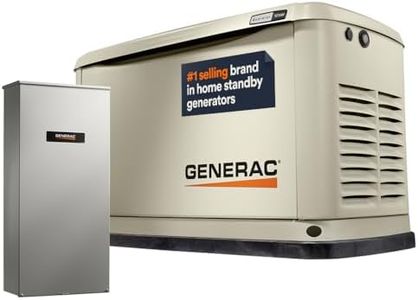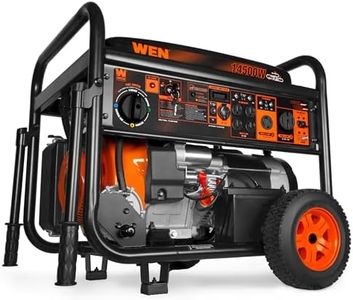10 Best Natural Gas Generators 2025 in the United States
Our technology thoroughly searches through the online shopping world, reviewing hundreds of sites. We then process and analyze this information, updating in real-time to bring you the latest top-rated products. This way, you always get the best and most current options available.

Our Top Picks
Winner
Westinghouse 14500 Peak Watt Tri-Fuel Home Backup Portable Generator, Remote Electric Start, Transfer Switch Ready, Gas, Propane, and Natural Gas Powered
Most important from
1678 reviews
The Westinghouse Outdoor Power Equipment 14500 Peak Watt Tri-Fuel Generator is a versatile and powerful choice for household backup or portable power needs. It offers impressive power output, with 14,500 peak watts and 11,500 running watts on gasoline, 13,500 peak watts and 10,500 running watts on propane, and 12,000 peak watts and 9,500 running watts on natural gas. This makes it suitable for larger homes requiring substantial power during outages. Its tri-fuel capability (gasoline, propane, and natural gas) adds flexibility in fuel options, which is a definite strength.
The generator runs up to 19 hours on a full gasoline tank, providing extended power without frequent refueling. However, run time on a 20 lb propane tank drops significantly to about 7 hours. The heavy-duty 550cc 4-stroke OHV engine ensures durability and reliability, backed by a 3-year limited warranty and nationwide customer service. The remote electric start is convenient, especially during emergencies, and the generator is transfer switch ready, making installation easier for home use. Portability is somewhat compromised by its weight (230 pounds), but it's manageable for a heavy-duty generator.
Maintenance is straightforward with features like an hour meter and automatic voltage regulation. The generator also includes useful safety features like overload protection and a CO sensor for added safety. Despite being on the heavier side and having a shorter run time on propane, its high power output, fuel versatility, and robust construction make it an excellent choice for those needing reliable backup power for larger homes.
Most important from
1678 reviews
Westinghouse 12500 Watt Dual Fuel Home Backup Portable Generator, Remote Electric Start, Transfer Switch Ready, Gas and Propane Powered
Most important from
24672 reviews
The Westinghouse 12500 Watt Dual Fuel Home Backup Portable Generator is a powerful and versatile option for home backup needs. With a running wattage of 9500 watts on gasoline and 8500 watts on propane, it provides significant power for various household applications. The peak wattage reaches up to 12500 watts on gasoline and 11200 watts on propane, making it suitable for handling surges in power demand. Its dual fuel capability offers flexibility, allowing users to choose between gasoline and propane based on availability and preference.
The remote electric start with an included key fob adds convenience, while the electric and recoil start options ensure reliable operation in different situations. The generator features a substantial 6.6-gallon fuel tank with a fuel gauge, supporting up to 12 hours of run time, which is beneficial during extended power outages. Additionally, the generator includes multiple outlets with rubber covers for safety, including household receptacles and transfer switch ready outlets.
The Westinghouse generator is quite heavy, weighing 210 pounds, which may impact its portability despite the presence of wheels. However, its sturdy build and included components such as a battery charger, oil, and a tool kit, make it a plug-and-play solution with minimal assembly required. Maintenance is simplified with features like automatic low oil shutdown and a digital hour meter. The generator is EPA compliant and backed by a 3-year limited warranty, ensuring peace of mind for users. This generator is well-suited for residential use, particularly for those who need a reliable, high-output power source during emergencies.
Most important from
24672 reviews
ERAYAK 4500W Dual-Fuel Portable Inverter Generator for Home Use, Camping Outdoor, 30A RV Ready, Auto Switch, Gas and Propane Powered, EPA, CO Sensor, Parallel Ready, Campact Design
Most important from
487 reviews
The ERAYAK 4500W Tri-Fuel Portable Inverter Generator offers a versatile power solution with its capability to run on gasoline, propane, and natural gas. Its peak power of 4500W on gasoline and 4050W on propane and natural gas makes it suitable for various uses, from home backup to camping. One of its standout features is the automatic fuel switching system which ensures seamless operation when one fuel source is depleted, eliminating the need for manual intervention.
The generator is also quite portable, weighing only 54 pounds, and has a compact design, making it easy to transport and store. Additionally, it operates at a low noise level of 58 dBA from 23 feet, which is ideal for quieter environments like camping or residential areas. However, it is important to note that the manual pull-start mechanism might not be convenient for everyone, particularly in emergency situations where quick and effortless startup is crucial.
The generator's fuel efficiency varies significantly across different fuel types, with natural gas being the least efficient. It requires a commercial-grade 1/2 PSI pipeline for natural gas, which might limit its use in some households. Despite the CO alert system and various safety features, the need for commercial-grade pipeline connections and the manual start could be seen as drawbacks. With its 16-hour runtime on a full gasoline tank at 25% load and its ability to provide clean power safe for sensitive electronics, this generator is a reliable option for those needing versatile and portable power solutions in various scenarios.
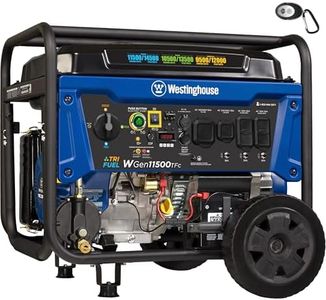
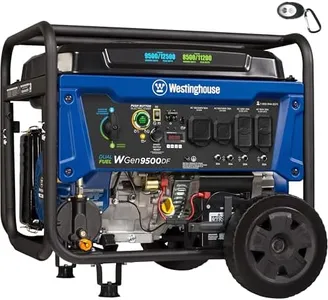
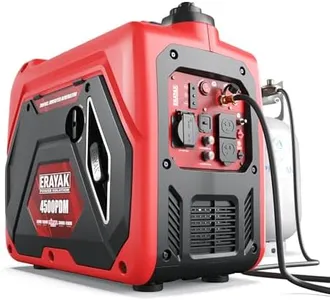
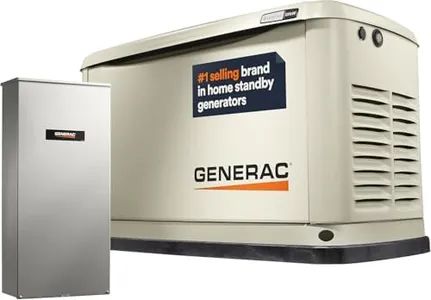


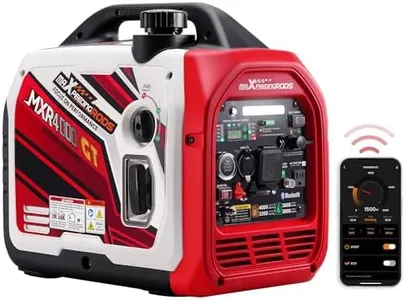
![[Upgraded Version] ALLPOWERS S2000 Portable Power Station 2000W (Peak 4000W) MPPT Solar Generator 1500Wh Backup Battery with 4 AC Outlets for Outdoor Camping RV Emergency Off-Grid](https://images-proxy.bestreviews.guide/OouIKpk4unEf0t5j_R8qV3SP1_g=/0x300/https://m.media-amazon.com/images/I/51n9OTptdIL._AC_CX679_.jpg)
